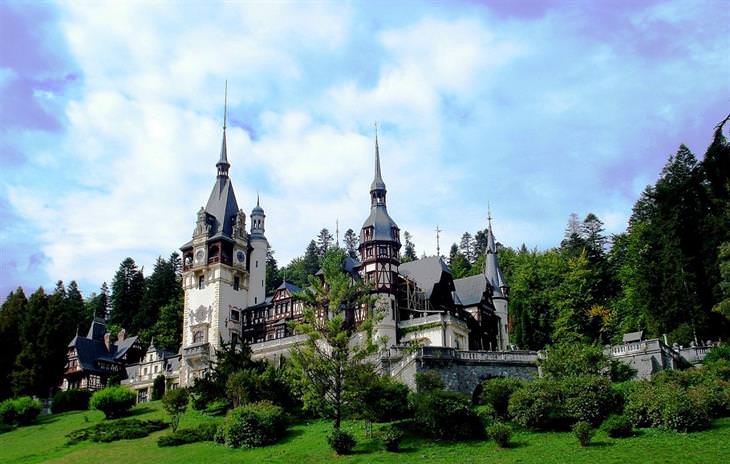
There are countless reasons to visit Romania and its tourist capital, Bucharest, but there are few people who go outside the country's urban areas and discover the beauty and charm hidden in the small and quiet towns. To correct this situation, we invite you to get to know 14 small but recommended destinations in Romania, visiting them will help you enjoy an unforgettable holiday. From the north to the south, from snowy towns to historic centers that are thousands of years old, you are going to find that there is much more to Romania than you thought...
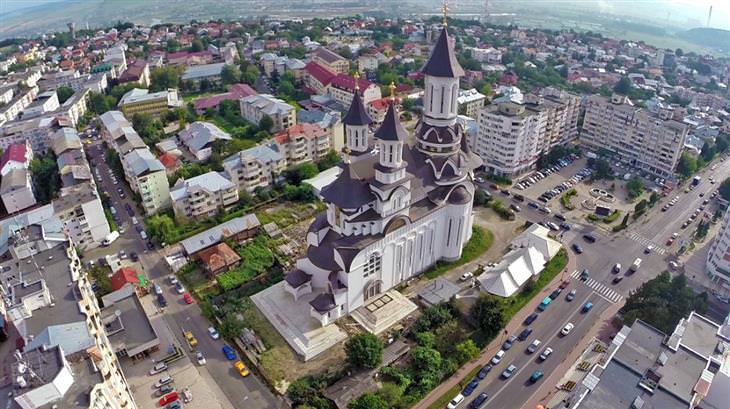
Once you enter this city you’ll quickly understand one simple fact: you have reached the king's county. Suceava was the seat of Moldovan royalty between 1348 and 1565, and the majesty that characterized it has not disappeared. Here you will find St. George's Church, an ancient Jewish cemetery from the 14th century, the remains of the castle and fortress of Stephan the Great (the ruler of Moldova between the years 1433-1504) and a wealth of examples of the architectural style unique to this country.
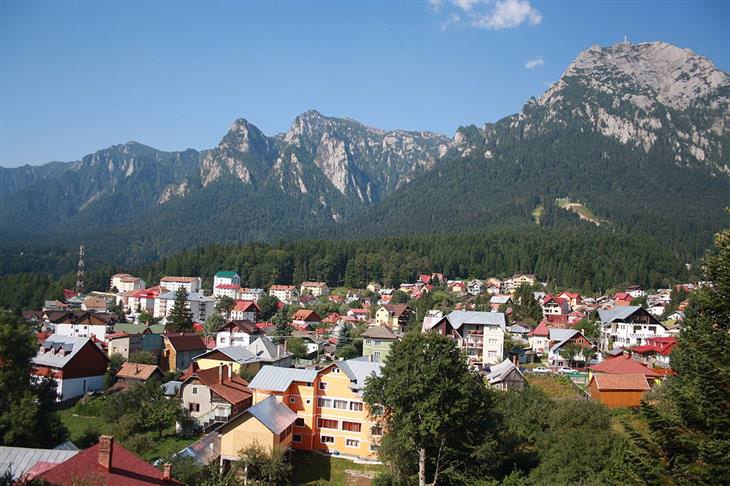
This small town, located in the center of Romania, has some 10,000 inhabitants at the foot of the Bucegi Mountains. Its name means "tree trunks," and the abundance of wild green nature surrounding it leaves no doubt as to the source of inspiration that led to the unique name choice. Outdoor activities can be enjoyed throughout the year, such as hiking in the summer and plenty of skiing in the winter.
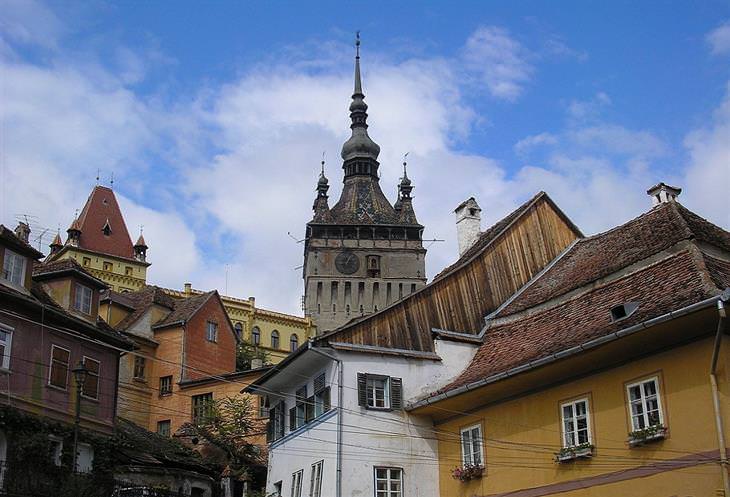
Welcome to the Holy Land of Transylvania in Romania! The first settlers arrived in the third century AD and as of 2011, there were about 28,000 inhabitants. Over the years the city became one of the most important trade centers in Transylvania, and it was also the home of exiled prince Vlad III (Vlad the Impaler), who was a major source of inspiration for the folk tales about the famous vampire Count Dracula. If you plan to visit the place, you should do so in July, when a huge medieval festival takes place in the center of the impressive old city.
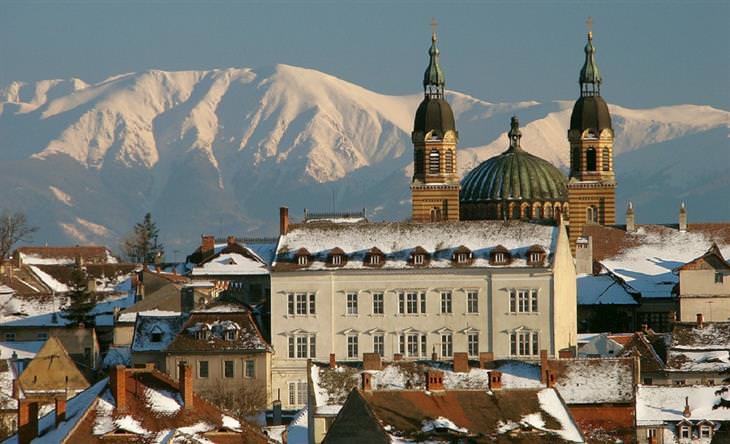
Sibiu is the largest city on this list and has over 150,000 inhabitants, but it is certainly worth mentioning because it is one of the most important cities in Transylvania and the capital of Sibiu County. This is a place that will meet all your expectations from simple and rural Romania since the city's heritage established by the Saxons in the Middle Ages is very visible to this day. During your stay, you can visit the oldest museum in Romania, the Brukenthal National Museum, see the impressive buildings from the bell tower of the city church, stroll through a 16th-century park and enjoy the local cuisine’s many delicacies.

This small town is located on the banks of a river of the same name and is located near the Transylvanian plateau of the Carpathian chain. This means that there is no shortage of wonderful vantage points on the landscapes surrounding this small town. A short drive away you’ll find several spa and leisure resorts, the province's wine center and the deepest cave in Romania, reaching a depth of 1,568 feet. Although visiting all these places is very tempting, the relaxed and enchanting atmosphere of Bistriţa certainly makes it difficult to leave.
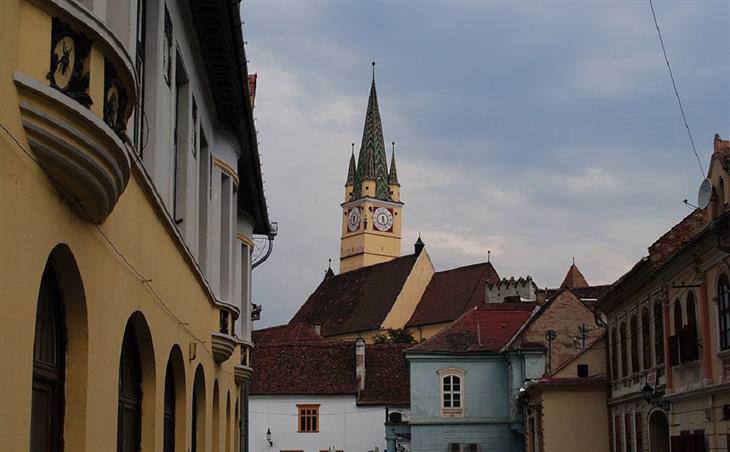
If you are traveling around Sibiu but do not want to visit the regional capital, you can definitely turn to Mediaş, the second largest city in the province. The historic center of Mediaş is considered one of the most well-preserved in all of Romania and has an impressive 13th-century tower that rises to a height of 70 meters. All visitors to the place agree that this city has a special charm and romantic atmosphere, it can be felt especially when walking through the city streets in the evening.
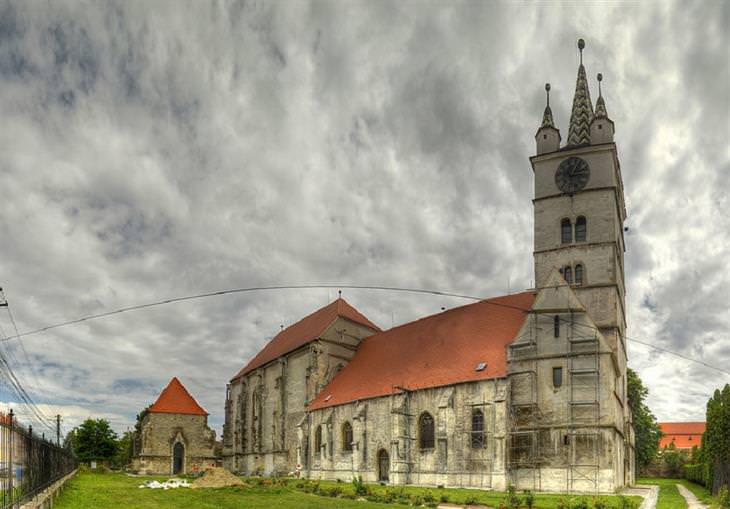
During the Middle Ages, Sebeş was a thriving political and economic center, but today it is a much calmer place and only 25,000 people live there. The many craftsmen who inhabited the city in the past provided it with a reputation that continues to this day, and most of its economy relies on wood and leather products. One of the most impressive buildings in Sebeş is the large and fortified Lutheran church, built in the 12th century and recognized by the Romanian Ministry of Culture as a historic monument.
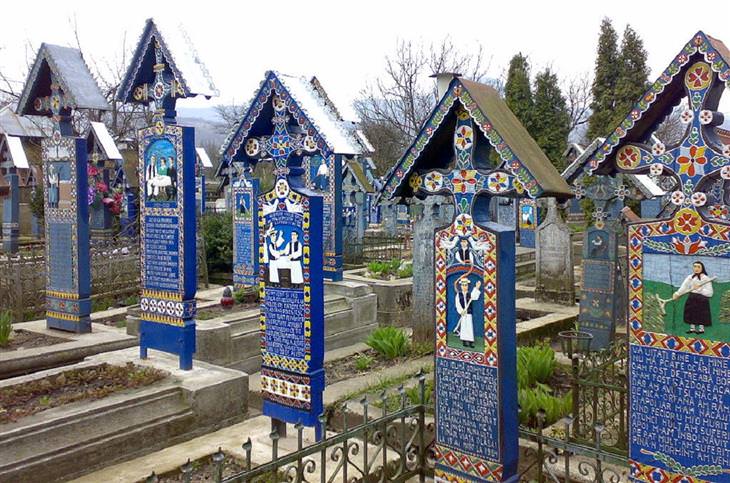
Săpânţa is a small town in Marmosim County where you can find one of the most surprising places in Romania: Cimitirul Vesel, which translates to the merry cemetery. The story behind this place takes place in 1935 when a local carpenter was asked to build a tombstone for one of the city's residents. The carpenter, Stan Ioan Pătra, decided to build a colorful and amusing wooden tombstone that was warmly received by the local residents. Since then, more than 800 similar tombstones have been added to the cemetery, making the small town famous worldwide leading to it becoming an important tourist attraction in Romania.
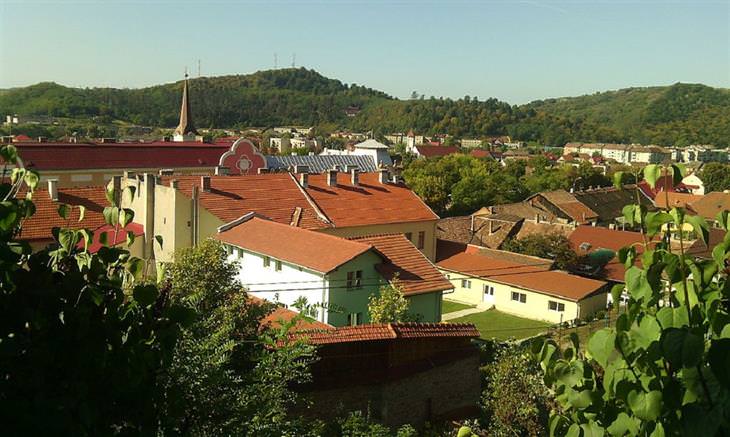
There is no shortage of reasons to visit this peaceful pastoral city, which you can find in Sălaj County in northwestern Romania. In the past, there was a flourishing Jewish community there, which also produced a number of rabbis who were famous throughout the neighboring countries. To this day you can find the synagogue of the community, which was established in 1876 and converted to a museum commemorating the fallen of the Holocaust in 2005. You can also climb to the top of Măgura hill, which is a wonderful observation point of the area, see the ruins of the ancient Dacian fortress Dacidaca, and visit the Cehei Pond Nature Reserve.
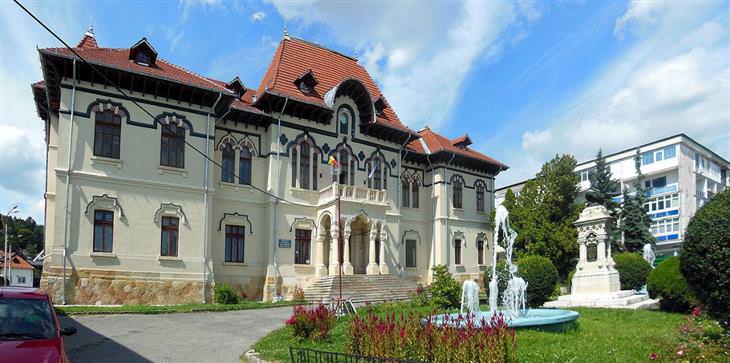
Câmpulung is the oldest city in Argeș in the center of Romania, and today there are only about 31,000 people inhabiting it. Its name means “long field," so it is not surprising to discover that the city is a very popular summer resort that blooms in a variety of colors each year. Around the city, you can find 20 churches next to a monastery and a cathedral, which is believed to have been built by the first ruler of this region. The area's shape is the most influential factor in the structure of the city, and to this day it has one central square to connect its two main and longest streets that lay parallel to each other.
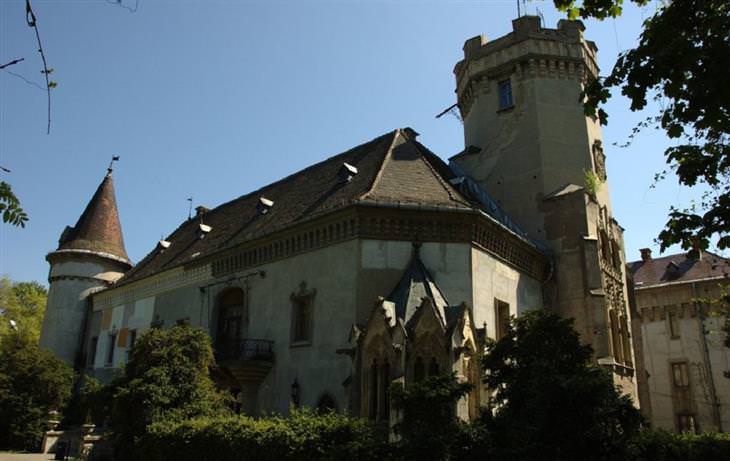
As you may have already understood, northern Romania is full of towns and villages you should visit, and littleCarei is no exception. Due to its location near the Hungarian-Romanian border, the area has an equal mix of local and neighboring country citizens. This fact directly affects the design of the houses, the atmosphere, and the local cuisine. In the past, the city was divided into neighborhoods for craftsmen and different religious groups (Gypsies and Jews), and to this day you can feel the differences as you travel between the street of this charming little place.
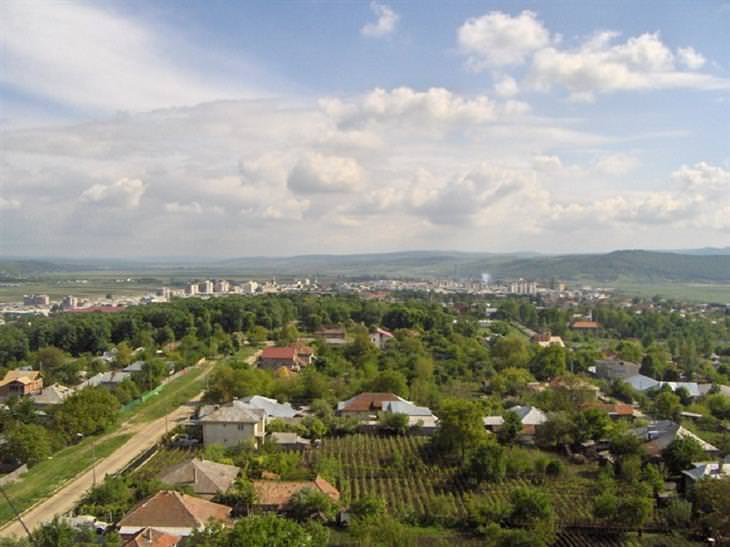
This small town, built in the 14th century near the Romanian border with Moldova, displays an architectural combination of old and new. The central church is considered by many to be the most beautiful building in the city, and it is especially recommended to visit it in the dark.
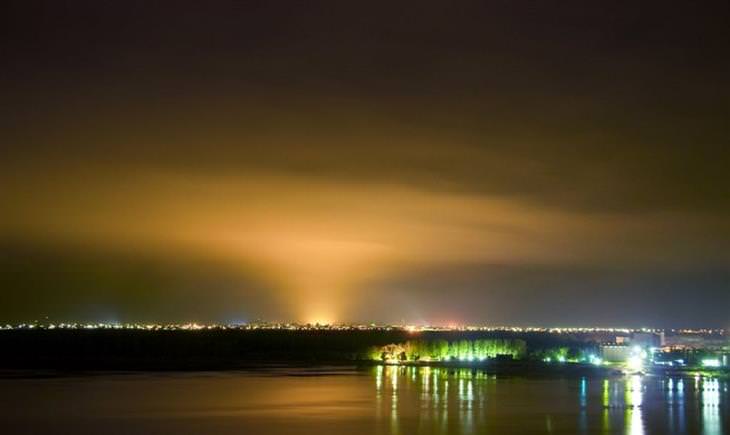
If you’ve gone as far as the southernmost point in Romania, allow yourself to stop and rest in this wonderful town. As of 2011, there were less than 15,000 residents living in the area, who make their living mainly from the many factories in the city and the port that serves ferries crossing the Danube. The city itself suffered from a severe earthquake in 1977 and is generally located in an area considered neglected, but it is still worth the visit to take in nature and the unique, simple, and calm Romanian atmosphere.
